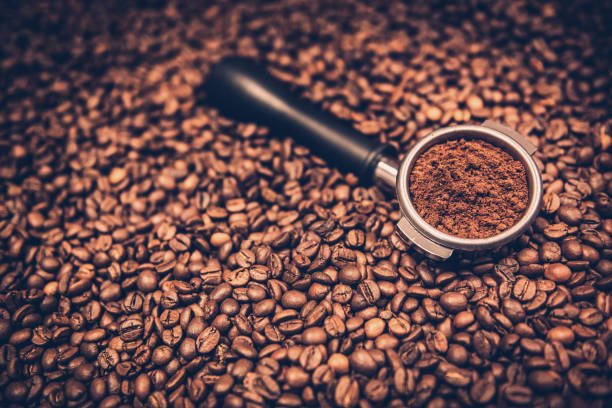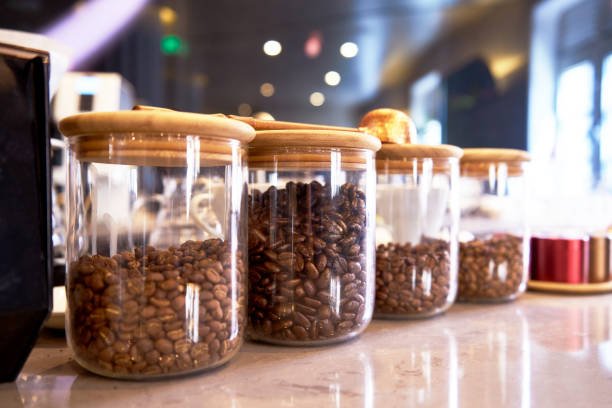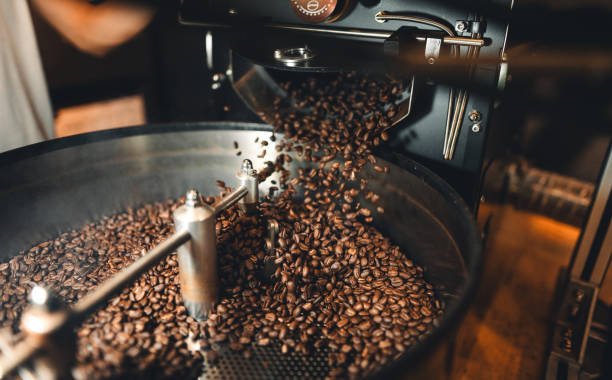When it comes to coffee, freshness is the elixir of life. For coffee lovers and connoisseurs alike, the aroma of freshly ground beans is synonymous with that perfect start to the day or a soothing pause in the afternoon. However, there’s a fog of confusion surrounding the shelf life of coffee beans—do they truly expire, and if so, how can we tell? This article dives deep into the lifecycle of our beloved coffee beans and sets the record straight on how to keep your brew at its best, from start to sip.
Table of contents
Do Coffee Beans Expire?
The short answer is yes, coffee beans do indeed have an expiration date. But it’s not as straightforward as checking a calendar or a use-by label.

The Determinants of Coffee Freshness
A coffee bean’s freshness hinges on a complex interplay of factors:
Processing
How a bean is grown and processed, from the sunlight it basks in to the washing and drying methods, all affect its shelf life. Typically, the freshest beans come from a wet process that keeps the cherries’ mucilage to a minimum.
Roast Date
Coffee’s peak is often around the two-week mark post-roast. After this, the flavors start to deteriorate, a process known as off-gassing.
Storage Conditions
Where you store your beans may be as important as how fresh they were to begin with. Oxygen, moisture, heat, and light are the enemies of coffee freshness. The ideal storage location is a dark, dry, cool place. That’s why many coffee lovers opt for vacuum-sealed bags or opaque containers.
How to Tell When Your Beans Have Gone Bad
So how can you tell when your beans have reached their expiration date? Here are some signs to look out for:
- A stale aroma: If your beans smell musty rather than rich and aromatic, they have most likely lost their freshness.
- A lackluster taste: Many coffee lovers will notice that the flavor of a cuppa brewed with expired beans is flat and lacks depth.
- A greasy appearance: If your beans appear oily on the surface, it’s often a sign that they’ve been exposed to too much oxygen or moisture.
If your beans display any of these characteristics, it’s time to say goodbye and restock.

How to Extend Your Beans’ Lifespan
Now that we know how to identify when our beans have gone bad, let’s explore ways to keep them fresh for as long as possible.
Buy in Small Quantities
The best way to ensure your coffee beans stay fresh is to buy in smaller quantities. It may be tempting to stock up on your favorite blend, but keep in mind that a larger amount will likely go stale before you can finish it.
Store in the Right Conditions
As mentioned earlier, oxygen, moisture, heat, and light are all enemies of coffee freshness. To extend your beans’ lifespan, store them in an airtight container in a dark, cool place. Avoid storing them in the fridge or freezer as they can absorb moisture and odors from other foods. Additionally, do not store your beans in direct sunlight.
Grind as You Go
For optimal freshness, experts recommend grinding your beans just before brewing. This helps preserve the flavor and aroma of the beans. If you don’t have a grinder, consider buying pre-ground beans in smaller quantities.
Try Roasting Your Own Beans
For the ultimate freshness experience, some coffee enthusiasts opt to roast their own beans at home. This allows for complete control over the roasting process and ensures that every cup is made from freshly roasted beans.
Signs of Expired Coffee Beans
How can you know if your beans have seen better days? Here are a few telltale signs that your beans are past their prime:
Visual Cues
- Loss of oils on the bean’s surface.
- Noticeably lighter or a less glossy appearance.
- The presence of mold or discoloration.
Aroma
The aromatic nuances of coffee decrease as it ages. If your beans smell dull, musty, or akin to cardboard, they’ve likely lost their charm. A stale aroma is a surefire sign that your beans have expired.
Flavor
Coffee’s strong, rich flavor profile is the reason why so many of us are addicted to it. But when those flavors start to fade and taste bland or bitter, it may be time to toss out those beans.
Quality Impact
The older a coffee bean, the less vibrant and “alive” the brew. Stale beans produce a flat, bitter, and lifeless cup—far from the rich flavor profiles coffee enthusiasts cherish. The key takeaway: freshness is paramount to a rewarding coffee experience.

How to Properly Store Coffee Beans
To extend the life of your beans, strategic storage is crucial. Consider the following recommendations:
Choosing the Right Container
Air is the main culprit behind flavor degradation. Opt for airtight, opaque containers to keep oxygen exposure to a minimum.
Temperature Control
Storing coffee at a consistent, cool temperature—ideally room temperature or slightly cooler—slows the aging process.
Shield from Light
Sunlight can cause the degradation of flavors and volatile compounds. Keep your beans away from direct light in a dark cupboard or pantry.
Extending the Lifespan of Coffee Beans
If you’ve miscalculated your supply and your beans have started to lose their luster, all is not lost:
Reviving Slightly Stale Beans
A quick session in the fridge can quell the aging process temporarily. The cold temperature slows oxidation and can provide a fleeting freshness boost.
Repurposing Strategies
Don’t discard those beans just yet. Slightly stale coffee can still serve in blended drinks, as the flavor companions can mask the subtler (read: muted) taste.
The Impact of Expired Coffee on Health
The most immediate concern with expired coffee is a less-than-satisfying taste. There’s no evidence to suggest that stale coffee poses a health risk, but it’s best to drink your beans at their peak for both flavor and enjoyment. Additionally, if your coffee has any visible signs of mold or discoloration, it’s best to discard it immediately.

Conclusion
Coffee beans, like all perishable goods, have a timeline of taste. As a diligent home barista or consumer, it’s up to you to manage that timeline, from selecting the freshest beans to honoring them with proper storage. By understanding the fragility of flavor, you’re equipped to savor each brew to its fullest potential.
Join the discussion and share your thoughts on coffee storage and freshness. How do you keep your coffee beans at their best, and have you discovered any unique revival techniques? Don’t miss the next post in our coffee series—subscribe now for fresh content straight to your inbox and follow us on social media for a warm, freshly brewed community of fellow coffee aficionados!






